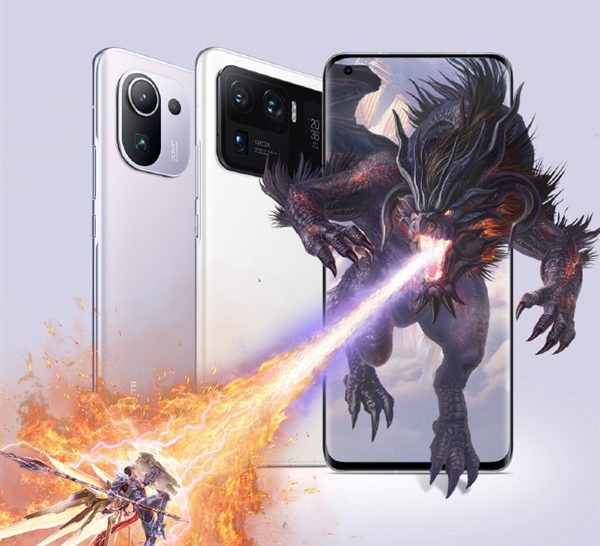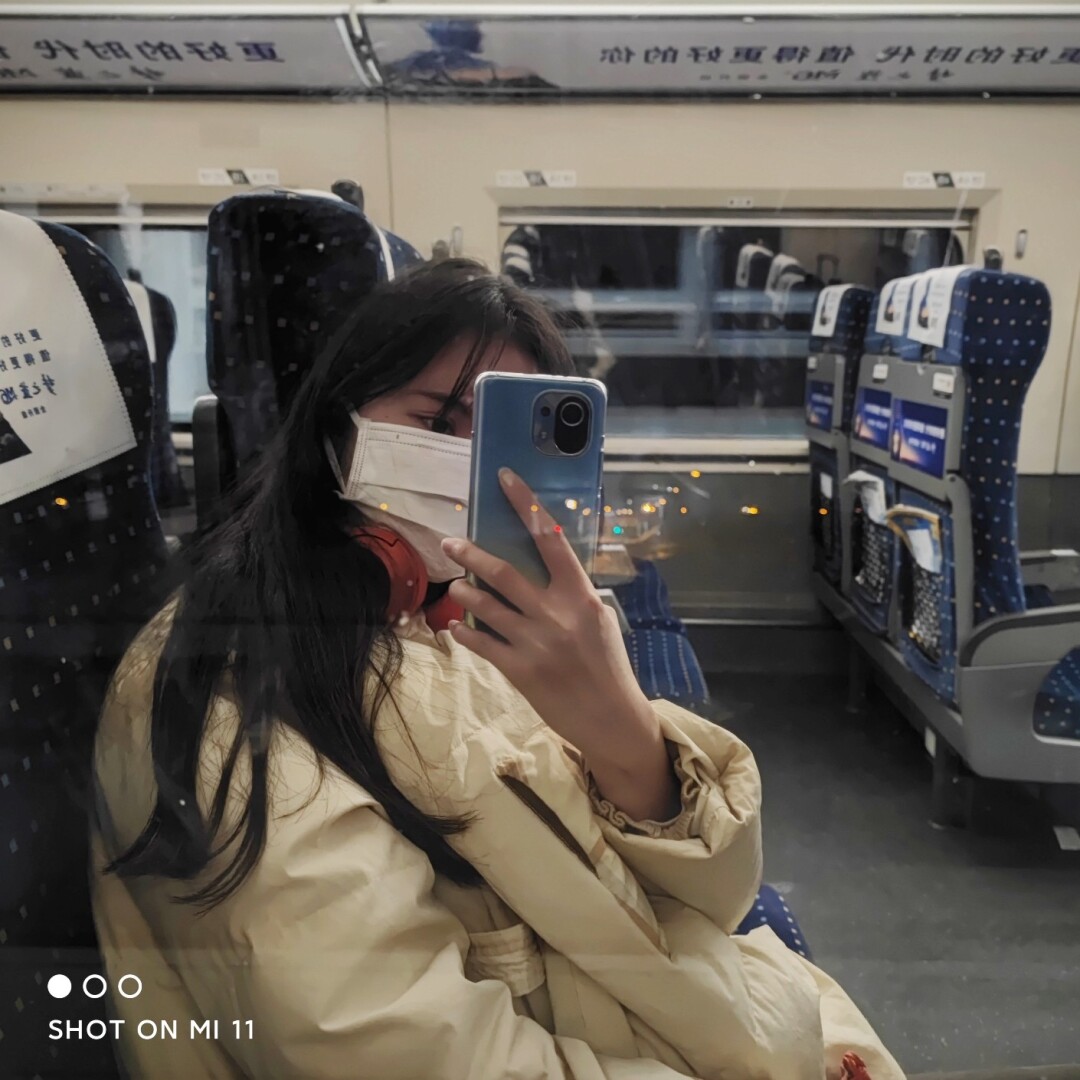At the ChinaJoy exhibition a few days ago, Qualcomm introduced the Snapdragon gaming technology, one of which is the VRS variable frame rate that supports the PC end game level.
Xiaomi has just announced that the Xiaomi Mi 11 series has supported the VRS technology of “Tian Yu”, and the rendering performance has increased by more than 20%.
Xiaomi’s official Weibo stated that the Mi 11 series supports VRS variable resolution rendering technology, which is the end game feature of “Tianyu”.
While effectively reducing GPU load pressure, it can also avoid obvious frame drop and freeze, rendering performance improved by more than 20%, and peak power consumption reduced by more than 10%.
Previously, Qualcomm announced its cooperation with NetEase’s “Tianyu” at the CJ exhibition. The Adreno 660 GPU in Qualcomm’s Snapdragon 888 5G chip already supports VRS.
“Tianyu” is the first mobile game to support VRS, and this is the first time the technology has entered the mobile terminal.
VRS variable frame rate technology has been widely used on the PC platform before. Simply put, it dynamically adjusts the rendering according to different scenes. 3DMark has explained before:
Shading rate is the number of pixel shader operations called for each pixel when the graphics card renders the image.
A higher shading rate can improve the accuracy of the rendered image, but higher requirements on the graphics card will result in performance loss, while a lower shading rate will improve performance at the expense of image quality.

Variable-Rate Shading (VRS/Variable-Rate Shading) is a new DX12 feature that allows developers to change the shading rate within a single frame of the screen, selectively reducing the level of detail in some areas of the screen.
Including deep shadows, far away from the camera, the periphery of the player’s focus, etc., thereby improving performance, and at the same time, it has almost no obvious impact on image quality.
With variable rate shading, a single pixel shader operation can be applied to pixel blocks. For example, coloring a 4 x 4 pixel block requires only one operation instead of sixteen separate operations.



